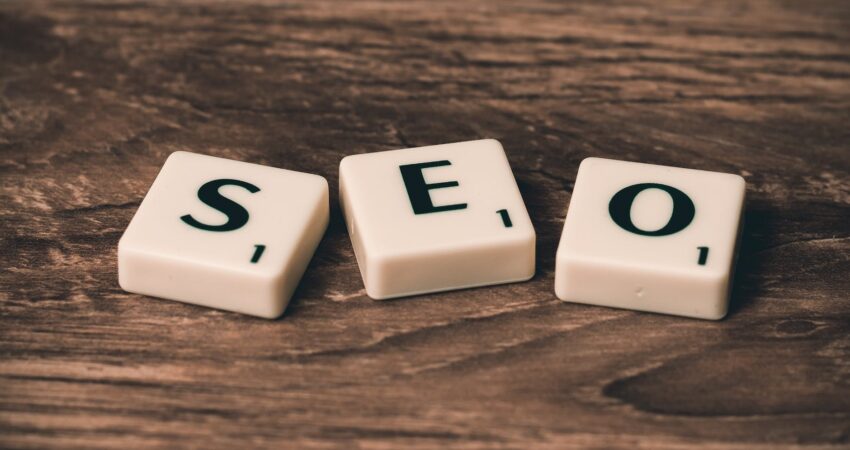
When it comes to digital marketing, Search Engine Optimization (SEO) is the foundation of any successful strategy. And within SEO, there are two key categories: On-page optimization and Off-page optimization. In this article, we’ll focus on the former, which refers to all the measures that can be taken directly within the website to improve its ranking on search engines.
But before we dive into On-page optimization, let’s quickly recap what SEO is. Simply put, SEO is the practice of increasing the quantity and quality of traffic to a website through organic search engine results. The goal is to get your website to appear higher in search engine rankings so that potential customers can find you more easily.
Now, let’s talk about On-page optimization. As we mentioned earlier, this refers to all the actions that can be taken within a website to improve its ranking. These actions are related to both the content and the HTML source code of a page. On-page optimization helps search engines understand what your website is all about and provides the necessary information to improve your ranking.
So, what are the steps you need to take to optimize your website? Let’s break it down:
1. Start with Keyword Research

The first step in any On-page optimization strategy is to conduct thorough keyword research. This means finding the keywords and phrases that people are searching for that are relevant to your website. There are many tools available to help with keyword research, including AHREFS, which offers a free keyword generator. You can also use Google’s Keyword Planner tool to identify the keywords and phrases that are most relevant to your business. Once you have a list of relevant keywords, you can start optimizing your website accordingly.
2. Optimize Your Website’s Title Tags

Title tags are one of the most important On-page optimization elements. These are the tags that appear on the search engine results page (SERP) and give users an idea of what your page is all about. It’s essential to include your primary keyword in the title tag to increase its relevance to the search query. Semrush has an excellent On-page SEO Checker that can help you optimize your title tags.
3. Optimize Your Meta Descriptions

The meta description is the short snippet of text that appears below the title tag on the SERP. While it doesn’t directly impact your ranking, a well-crafted meta description can significantly increase your click-through rate (CTR). Use the meta description to entice the user to click on your page by highlighting the benefits of your content. Google Search Console is an excellent tool for optimizing the visibility of your website on the search engine results page.
4. Optimize Your Header Tags
Header tags (H1, H2, H3, etc.) are used to structure the content on your page. They help search engines understand the hierarchy of the content and the importance of each section. It’s essential to include your primary keyword in the H1 tag to indicate to search engines what your page is all about. But don’t overdo it. Use header tags to break up your content and make it more readable for your users.
5. Optimize Your Content

Content is king when it comes to SEO. It’s essential to create high-quality, engaging content that’s relevant to your audience. But it’s also crucial to optimize that content for search engines. Use your primary and secondary keywords throughout the content, but don’t stuff them in unnaturally. The content should flow naturally and be easy to read for your users. Use tools like Copyscape to ensure your content is original and not plagiarized.
6. Optimize Your Images
Images can also be optimized for search engines. Use descriptive file names and alt tags that include your primary keyword. This makes it easier for search engines to understand the content
of your images and can increase your ranking on image search results. Compress your images to improve page load speed, which is another important factor for SEO. MOZ has a suite of SEO tools that can help you optimize your website’s images.
7. Internal Linking
Internal linking is the practice of linking to other pages within your website. This helps search engines understand the structure of your website and the hierarchy of your content. Use internal linking to direct users to other relevant pages on your website and to pass link authority throughout your site. This can help to improve your ranking on search engines. WhitePress is a Backlink and Content Marketing Platform that can help you identify relevant pages to link to within your website.
In conclusion, On-page optimization is a crucial aspect of any SEO strategy. By optimizing your website’s content, HTML source code, and internal linking, you can improve your ranking on search engines and drive more organic traffic to your website. Use tools like AHREFS, Semrush, Google Search Console, Copyscape, MOZ, and WhitePress to help you optimize your website for search engines. Remember to create high-quality, engaging content that’s relevant to your audience and use your primary and secondary keywords throughout your website’s content. By following these steps, you’ll be well on your way to improving your website’s ranking on search engines and driving more organic traffic to your website.
If you would like to get a professional On-Page Optimization consultancy, we will be appreciated to assist you in every step of your journey. Get in touch with OZG Media experts right now!












